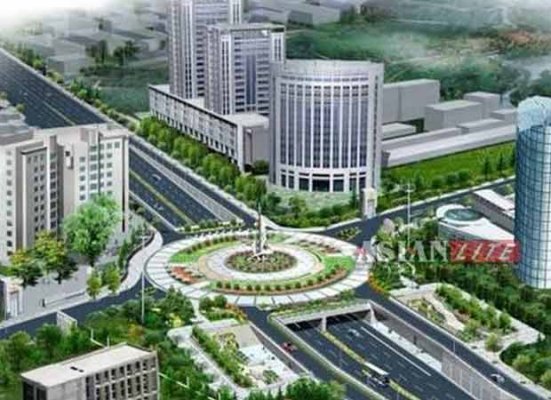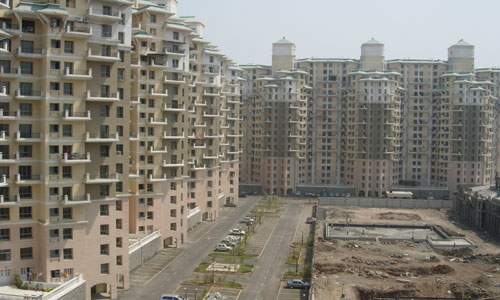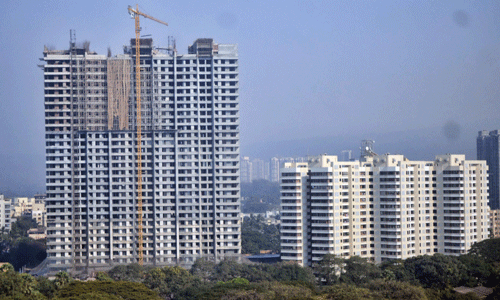
Enthusiasm low with 20 aspirants of smart city case study
The level of enthusiasm has gone down with smart city…

The level of enthusiasm has gone down with smart city…

Finance Ministry officials maintain that budget wish list of developers…

Location matters and so does a good understanding of the consumer market where a mall is located. Successful retail positioning relies on research into the local consumer market and securing anchor tenants. Once a mall opens, retail property managers must be proactive in asset management, maintaining an optimal mix of tenants and tracking retailers’ performances.

For the last four years everyone within the built environment of Indian real estate, homebuyers included, wanted a real estate regulator but the consensus eluded.

An airport has been catalyst to the development and urbanisation of any given city. More often than not, it proves to be the catalyst to the growth of the real estate market of the given city. After all, the housing market is heavily dependent on the commercial activity in the city and for the big ticket commercial activities to take place what the multinational companies and the big corporate houses need the most is an international airport.

The FDI relaxation by the Government of India is being hailed as a game changer across the Indian real estate sector. The developers even point out that now since the government has relaxed foreign direct investment norms in the construction sector by removing two major conditions related to minimum built up area and capital requirement, it simply means that any project under construction, regardless of size, can have access to FDI. So, it is going to help the cause of affordable housing.

When a broker recently suggested Himanshu Kapadia that he should better invest in Ulwe, Dronagiri or Nerul of Navi Mumbai this engineer thought the greedy broker is selling the properties out of which he could make more brokerage. There was nothing common between these three locations and even in terms of price point of the residential properties the three given markets had a different profile.

Haryana Government would like to address it as pro-farmer move, the real estate sector would like to hail it as investment friendly and others within the built environment of real estate would like to call it a step that would bring to the market more supply and hence affordability.

The year 2015 should have been the year of realization that the days of creating ghost cities with inventory for investors is over. The greedy investor is no more interested in blocking his money with a business where the returns in any of India’s major housing market is not more than six per cent today.

A few may have succeeded but most of the developers have failed to position themselves right during the slowdown. In the process Track2Realty finds that the brand realty has taken a severe beating, losing the trust of both the end-users and the investors. The brand positioning that differentiates between the two different realty companies is today negligible with developers’ focus to sell. That, unfortunately, is not working for them and commanding premium over the brand reputation today is a far cry. Our team speaks to a cross section of developers, analysts and brand experts who may differ with each other but nearly all agree that sector has to come out of the Catch 22 situation.
